The customer experience has emerged as the backbone of modern brand reputation. While many companies continue to struggle with providing one, new research from cloud customer experience and contact center solutions firm Genesys finds that men and women have different expectations when it comes to good customer support and communication methods. For instance, nearly 20 percent more men than women are open to paying extra to get the type of service they want.
The new survey revealed different points of view across genders. Within the U.S., the survey pool of 800 adults was split evenly between men and women, with only two people self-identifying as “other.”
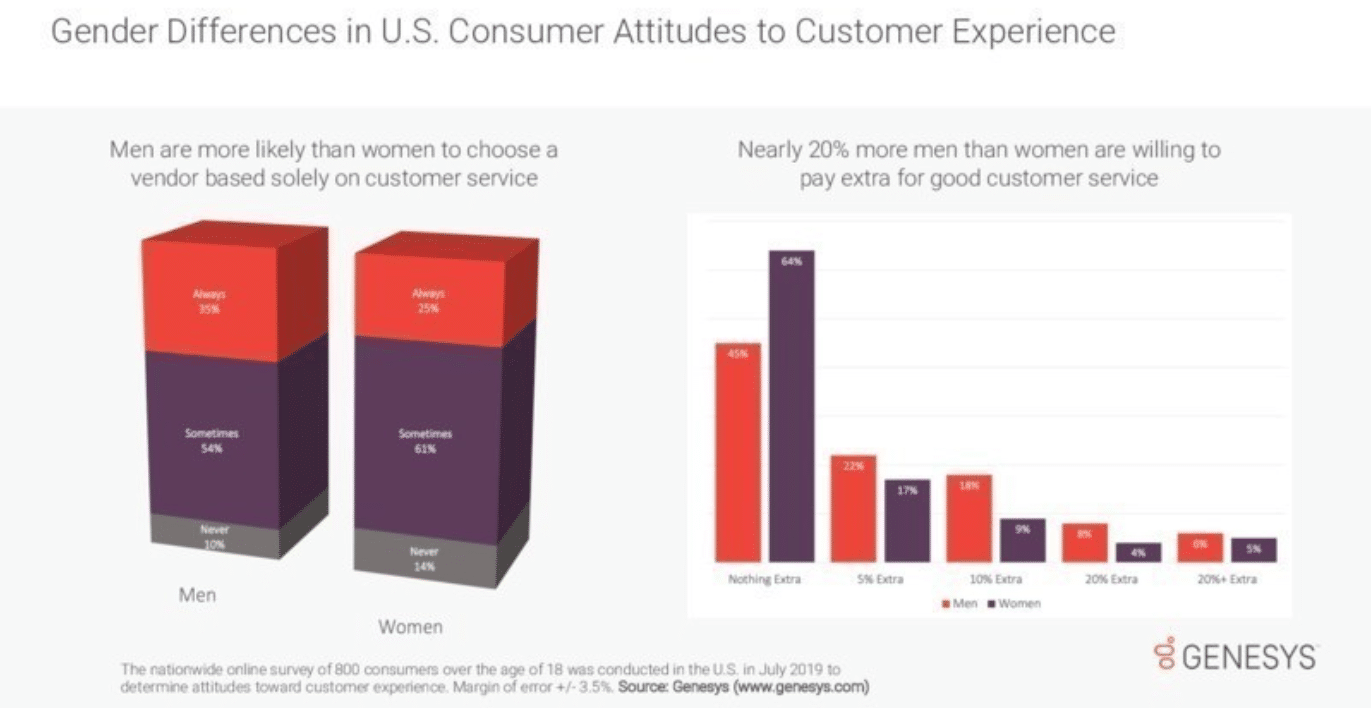
Key findings from the research:
Men place more emphasis on good customer service and are willing to pay extra to get it
More men (35 percent) than women (25 percent) say they base their decision to buy from a business solely on its reputation for customer service. Significantly, they are also more willing to pay extra for better customer service—55 percent vs. only 36 percent of women. Fully twice as many men (18 percent) as women (9 percent) are willing to pay a surcharge up to 10 percent for better support.
Men and women disagree on the most important thing in customer support interactions
There’s no gender difference in what people most value when communicating with customer support centers—timeliness of response and a knowledgeable staff. But the data reveals that men place a nearly equal emphasis on timeliness (50 percent) and knowledgeable staff (49 percent) compared to women, who value knowledgeable staff (56 percent) more than timeliness (43 percent).
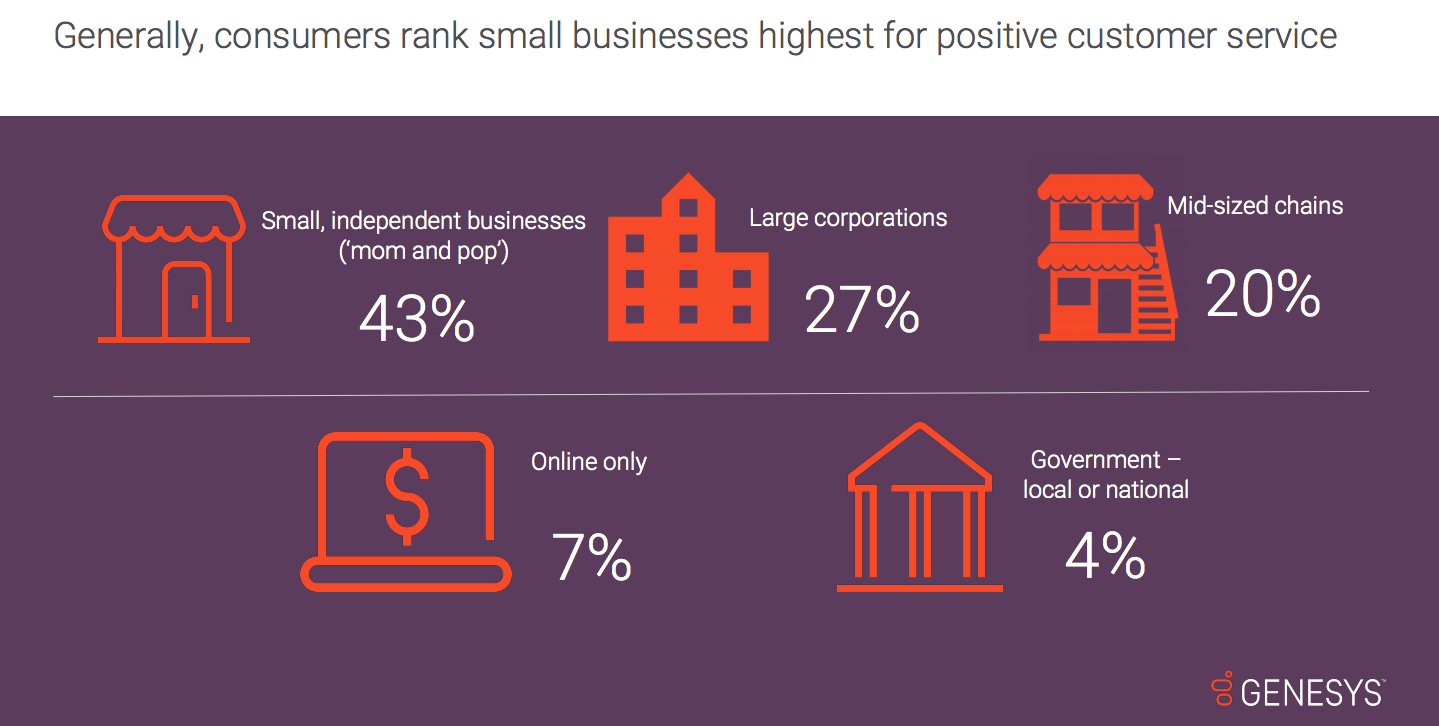
Women have more pet peeves when requesting customer support through contact centers
There are two definite irritations that resonated with more than 40 percent of the men surveyed: too many automated options (44 percent), and being put on hold for more than 5 minutes (40 percent). Women share the same two pet peeves, but have two additional ones: language/accent misunderstandings (43 percent), too many automated options (42 percent), having to repeat information to multiple customer service representatives (41 percent), and being on hold for more than 5 minutes (40 percent).
Men are more likely to lose their temper and complain to a competitor
While only 11 percent of women say they “frequently” become so frustrated by customer support that they swear or cry, 20 percent of men in the survey admit to it. Men are also more likely to complain to a competitor (15 percent) after experiencing poor customer service, compared to only 5 percent of women.
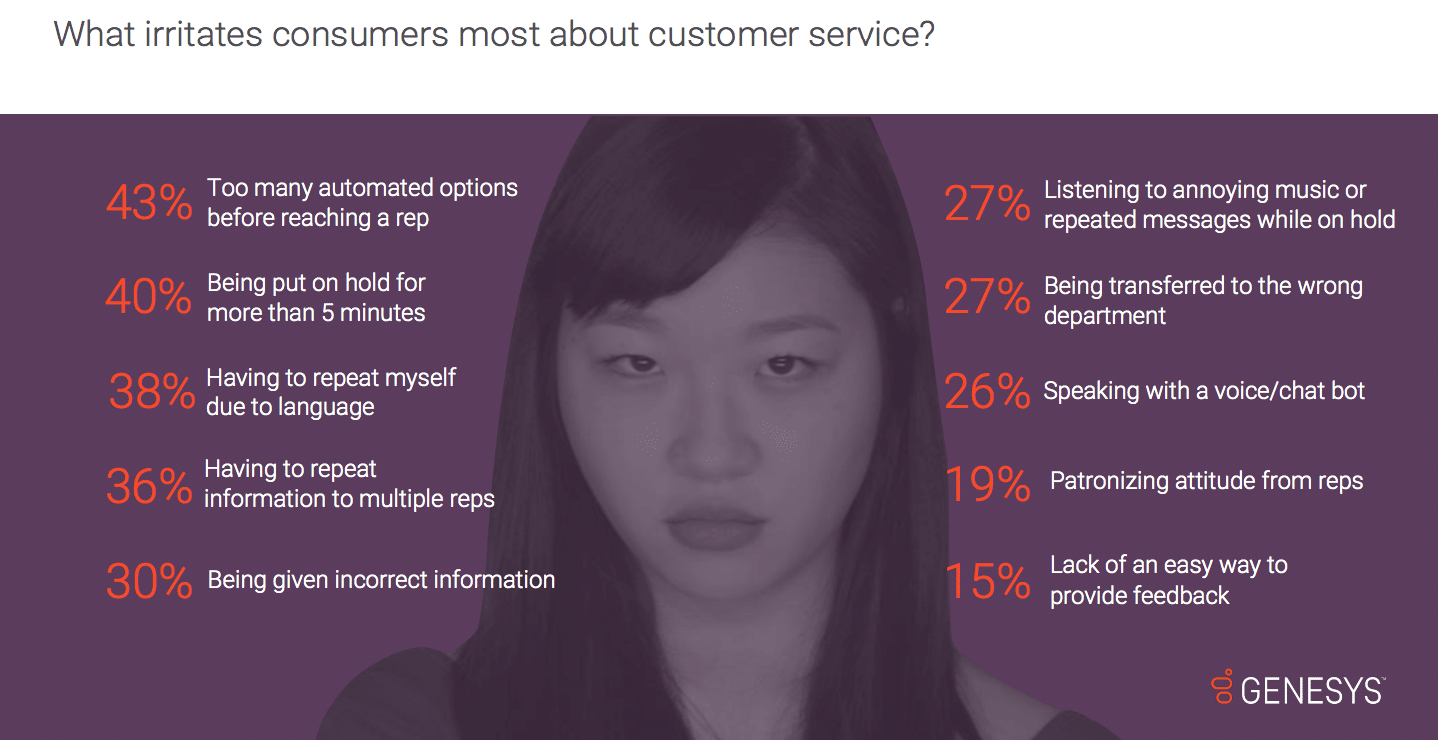
Men and women vary in their communication preferences
Connecting with customer support by phone is still considered the most effective method for getting answers by 63 percent of the overall U.S. survey pool. However, 20 percent of men find searching the company website offers the most success, vs. 13 percent of women. There are a number of other distinctions described below:
- Live agent support. When contacting customer support by phone, 62 percent of women compared to 54 percent of men say talking to a live agent is the most efficient approach.
- Social media support. Of the seven communication options for customer support presented in the survey, the most disliked is social media, at 21 percent. A full 25 percent of the women who dislike it say it’s because it’s too easy to be misunderstood, compared to 15 percent of men.
- Web chat support. Fifteen percent of the people surveyed dislike using web chat to communicate with a business for customer support. What’s interesting is that nearly twice as many men (30 percent) as women (16 percent) say the reason is that it’s too easy to be misunderstood. However, the women who dislike web chat are significantly more likely to say that it’s too slow (28 percent) compared to men (18 percent).
- Video chat support. Fourteen percent of the total survey pool dislike using video chat for resolving customer support issues, but the gender distinction is noticeable. A full three-quarters of women (75 percent) say it makes them uncomfortable, compared to 59 percent of men.
- Messaging-based support. Texting and messaging apps are becoming more acceptable as a communication method for customer support, although 13 percent in the survey still dislike it. One of the reasons the men dislike it is that they perceive it as too slow (21 percent), although only 5 percent of women feel that way.
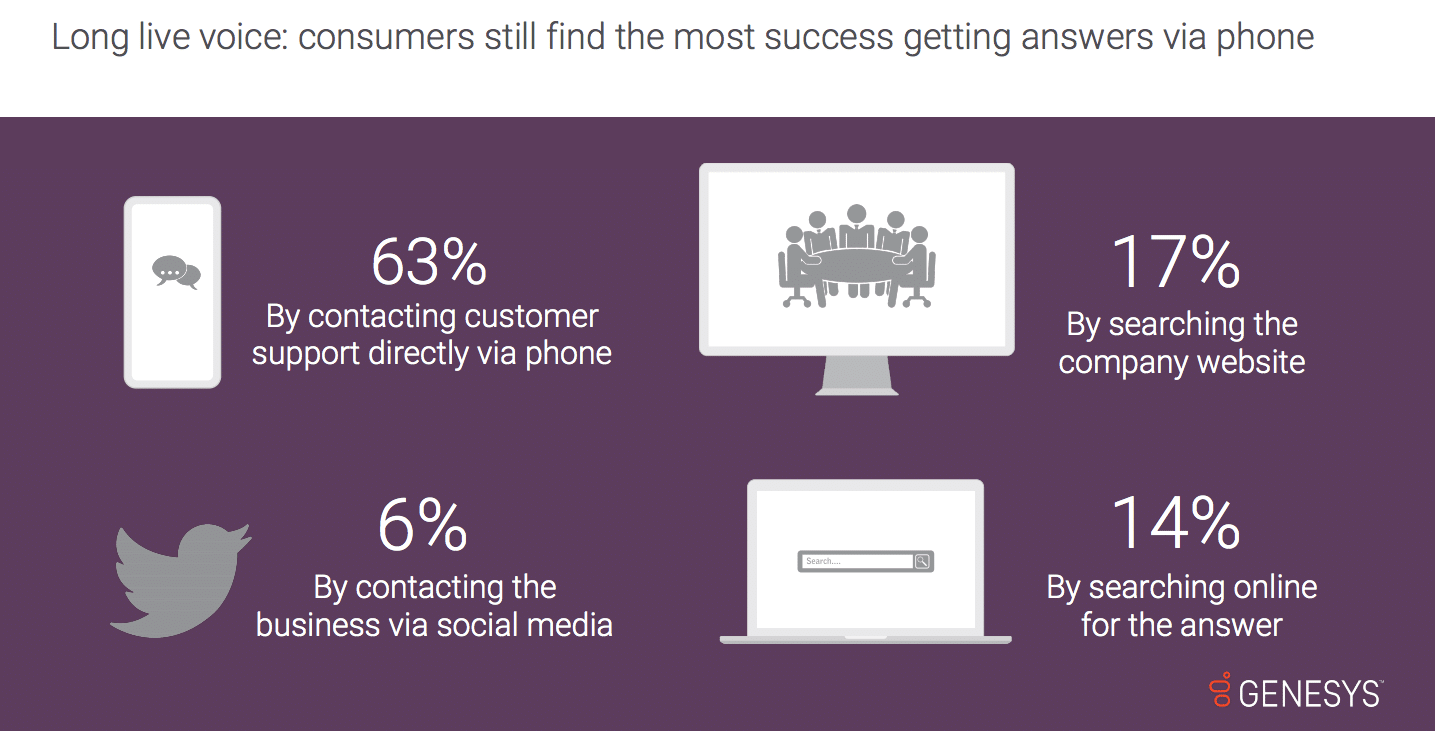
“While our survey results shine a light on the differing mindsets men and women have about customer care, they’re also indicative of a larger trend: an expectation for have-it-your-way service,” said Janelle Dieken, senior vice president of product marketing at Genesys, in a news release. “Fortunately, with sophisticated customer experience technology that leverages artificial intelligence (AI) and predictive capabilities, organizations can provide the increasingly personalized experiences today’s discerning consumers expect.”
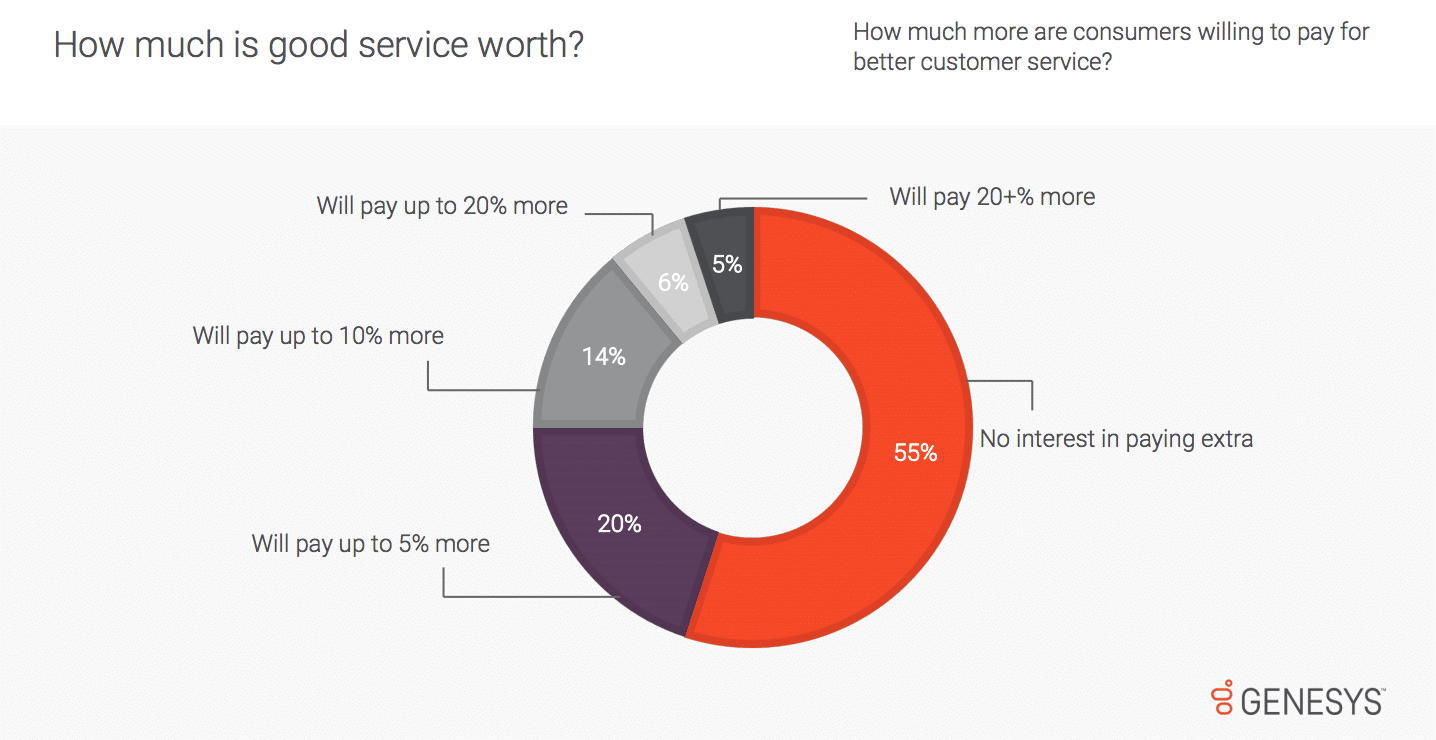
Genesys commissioned surveys in 13 countries: Australia, China, Germany, India, Indonesia, Japan, Malaysia, New Zealand, Singapore, South Korea, Thailand, the U.K. and the U.S. The survey was conducted in July 2019.








